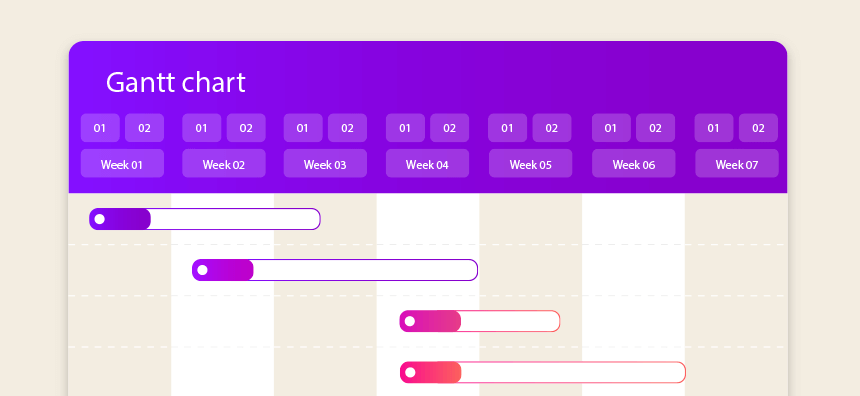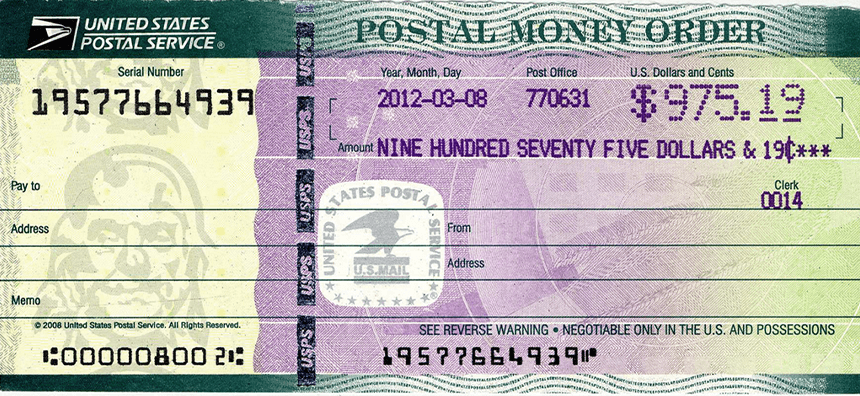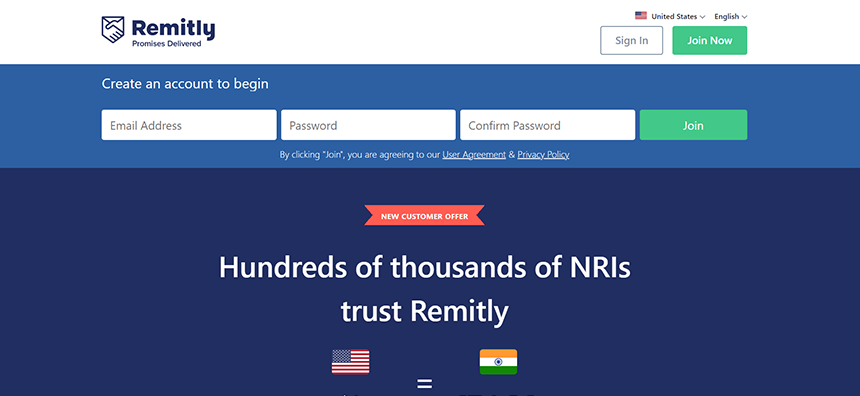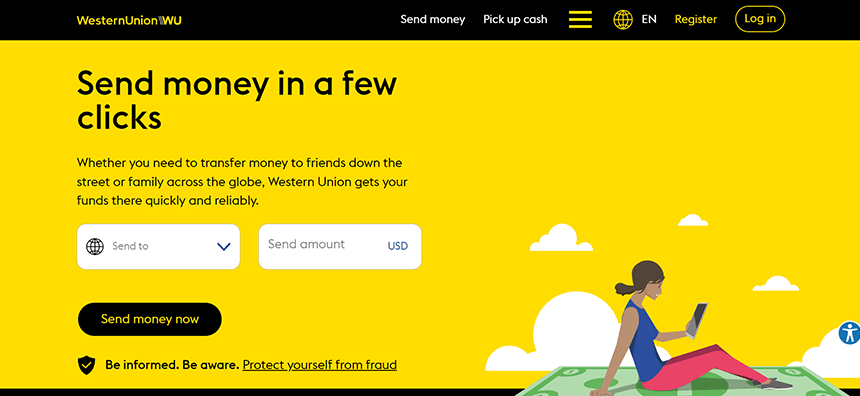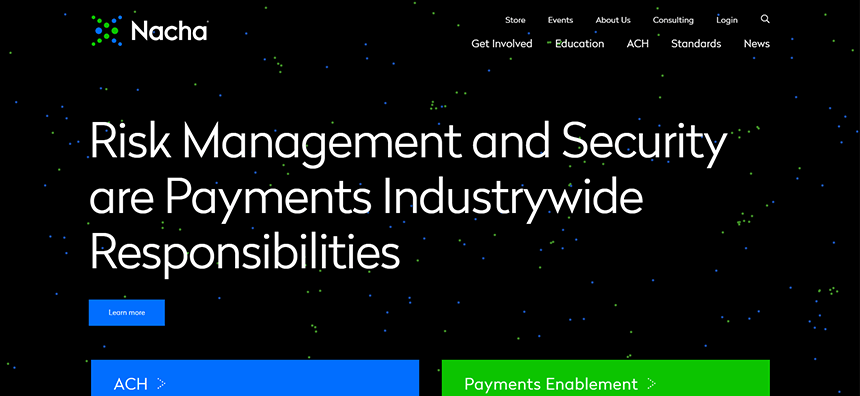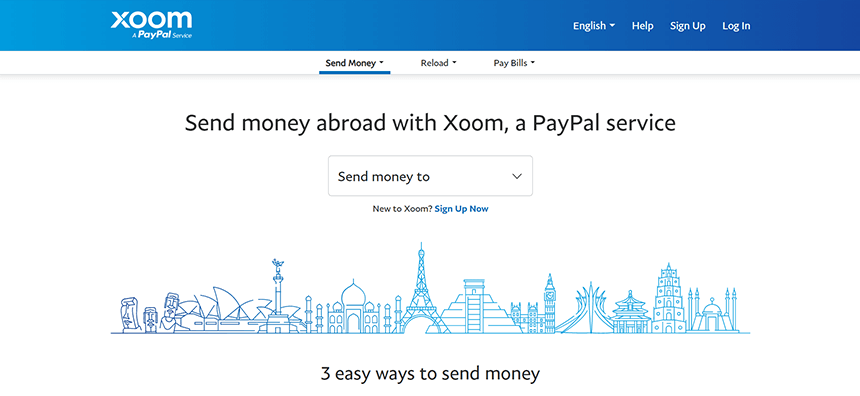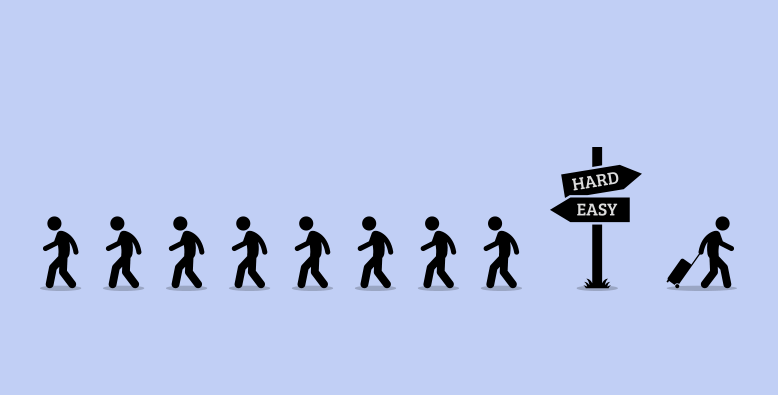Creating a layer of transparency in project management can be tricky but it is essential to navigate. Having visibility and accessibility into the inner workings of a company’s processes, projects, and progression can cultivate an environment fueled by trust, which is vital to building a team that reliably operates like a well-oiled machine. However, there are some finer details including personnel information or financial data that don’t require the team’s knowledge and should remain confidential to relevant parties. Too much information can actually slow processes down.
So, how can you foster transparency in project management that gives the team everything they need to function at their best without divulging any unnecessary data?
It begins with understanding the basic principles of project management.

What Is Project Management?
Project management is defined as the use of experience, knowledge, skills, software, and processes to achieve a business or project objective, which results in final deliverables congruent to the specifications and milestones of a designated timeline. Successful project management involves technical and business savvy, excellent time management skills, and high attention to detail.
A project manager (PM) is the individual who oversees this entire process with regular input from leadership and other managers so any relevant updates to the project are taken into consideration and implemented into the timeline accordingly.
Let’s take a look at this in action. A PM for a team of writers has just been assigned a new writing project. In order to begin streamlining the process, and ensuring everyone knows their role and overall expectations of the timeline, the project manager starts by outlining the goals of the project, determining the appropriate due dates, and assigning relevant writers and editors. Once the PM updates the team on their assignments, this individual sees the project to completion, leaving room to be flexible in case there are any changes or delays to the established timeline. For example, if one of the writers tells the PM that an additional day is needed to finish a draft, the PM will then review the timelines and make any necessary changes to accommodate for the one-day delay. The PM keeps the team on track, follows up consistently, provides important updates, and makes sure that the milestones of the project are met.
With many organizations looking for new and improved ways to build better processes, project management can transform the way a company operates.

Why Is Project Management Important?
Effective project management is key to a company’s structure and work culture. Without successful project management, the team (and any external clients) are left without a vision for the outcome of a project and are easily subject to feelings of confusion, disorder, and mistrust. This affects morale and motivation within the team, which results in continued delays, interpersonal conflicts, and lower-quality deliverables.
Project management is important for a few other reasons, too:
1. Creates company alignment
The role of the PM is to keep the team on track, ensuring they meet scheduled deadlines, remain within a specified budget, and enable everyone involved to deliver their best work. Project management should also align with the company’s larger, overarching goals. Let’s take the example of our PM who manages a team of writers. If one of the goals of their particular company is to deliver high-value copy that consistently delivers ROI, the goal of the PM should be to assign the right people to the right task to create a healthy client experience. If a project is managed successfully, the client will receive a valuable piece of copy in line with their expectations and the company meets their objectives of having delivered work that best serves their customers.
2. Sets realistic expectations
Without efficient project management, the team may start to feel the pressures of upcoming deadlines. They might leave team members confused or frustrated as to who is responsible for certain tasks. A combination of stress and poor time management skills can ultimately result in low-quality outcomes and can have negative repercussions on the team’s morale. Successful project management ensures the scope of the project isn’t overly ambitious and takes into account the availability and workload of the relevant team members. An effective PM clears up the process by developing a realistic schedule with reasonable deadlines.
A company that values transparency in its project management prioritizes the input of the relevant team members and relies on them to give them honest feedback about their workload and what they’re comfortable taking on. Of course, some tasks take longer than anticipated or other unexpected hurdles may interfere with the scheduled timeline, but it’s the role of the PM to remain fluid, analyze the situation, take into account the resources that are available, and make careful decisions about what’s possible.

3. Supports an orderly process
Project management creates order within a team, as well as transparency. With the right tools and software, any team member assigned to a specific project can see the process in its entirety including due dates, assignments, and objectives. In other words, project management creates an easy-to-understand process, which, in turn, helps build trust with each other and in leadership. Effective project management is constructed to think proactively, instead of reactively to certain tasks or situations.
Makes sure the right people are assigned the right roles – Within a project’s life cycle, the PM must understand everyone’s role on the team and how they contribute to the overall goals of the project. Going back to our example of our team of writers, their PM needs to take into consideration who the lead writer will be (and a backup writer in case the lead can longer take the project). Then, the PM will assign the appropriate editor, and then copy editor or proofreader. Successful project management ensures that the right people are where they need to be in terms of the project. This lessens the chances of other team members duplicating efforts and avoids inefficiencies in the forward momentum of the process.
4. Reveals what works…and what doesn’t
Efficient project management can also reveal what processes are successful and which can be improved. This is usually done during retrospective or kick-off meetings to understand what went well and what didn’t go as planned. As processes get reviewed and plans are formulated to help make sure egregious mistakes don’t happen twice, the PM integrates the feedback into their workflow, ensuring the processes within the company are continuously refreshed and refined for the team moving forward.
5. Sets clear lines of accountability
Project management also sets clear accountability for those involved in a project. There is no confusion as to who is the lead and who provides crucial support at various stages throughout the project’s life cycle. The PM shepherds this process, checking in to see if additional resources are needed. The success of the team drives the outcome of the project’s end result. If any of the team members need additional support, encouraging honesty and transparency within the overall process is essential in creating positive solutions.
6. Controls quality of deliverables
A project has different stages in which quality should be managed before moving on to the next step. Using our previous example, the PM for the team of writers has established their lead writer, main editor, and copyeditor. As the lead writer delivers their first draft, the editor then goes in to make necessary revisions to help elevate the work. This then goes back to the writer who incorporates the edits, and back again to the editor to review. Once approved, and everyone is on the same page, it goes to the copy editor for additional review. Once the draft has been approved by all parties, it’s ready to send to the external client. Depending on the project, this cycle can be repeated several times before it’s given the green light. This is a workflow established by the PM, ensuring that quality is never lost in the process and tested at every stage.
Effective project management is crucial to achieving a company’s objectives. But there’s one, consistent aspect of project management that is vital to the success of the overall process: transparency.

Trust and Transparency In Project Management
To cultivate a positive work environment, building transparency in business processes must be prioritized. According to Glassdoor, workplace transparency is the “philosophy of sharing information freely” within the organization that creates trust, improves morale, and increases employee happiness, which supports successful performances. The entire team is encouraged to share their ideas, voice their concerns, and contribute to discussions otherwise reserved for those in higher-level positions.
However, transparency in the workplace must be done with intent. In the case of project management, the goal of being transparent with project life cycles and objectives is to create alignment within the team and get everyone on board with the project’s expectations. Project management removes any ambiguity and leverages the talent of the team so they’re able to deliver their best work in a timely (and reasonable) manner. Successful project management is completely transparent in its process. Every piece is well-known and documented and the communication channels for sharing innovative ideas, questions, and updates are fully integrated into the process.
Another important aspect of transparency is the freedom to provide feedback without the fear of embarrassment or retaliation. Part of project management is encouraging and formalizing feedback. This can reveal inefficiencies in the current processes and help jumpstart the conversations on how best to move forward so that everyone benefits. The team must feel comfortable speaking up, which is a direct result of how empowered the employees are to speak up.
Trust is a crucial component of a supportive work environment that regularly delivers high-quality results for the company. If an organization lacks trust from its employees, they’re less likely to stay or be inspired to contribute their best efforts. There are certain parts of the project that rely on others completing their tasks by a certain deadline in order for everything to move steadily along and achieve completion.
Trust and transparency are integral to the success of an organization. Here’s how you can improve transparency in your own company’s project management.

How To Improve Transparency In Project Management
- Have strategic meetings – Transparency begins by setting the stage for the entire project with all the relevant team members. Leaders must be strategic with their meetings and only conduct them when there are pivotal matters to discuss. When it comes to project management, a kick-off meeting to give a high-level overview of the incoming project is key to establishing expectations and creating an atmosphere of transparency. As the project moves along, regular check-ins should be scheduled around important milestones. These should be quick meetings – no more than 30 minutes – with a structured agenda, and an opportunity for everyone to ask any questions or identify any issues. At the end of the project, a retrospective meeting should be scheduled so that the team can give their honest feedback about the process.
- Give access to the entirety of the project – To establish transparency in project management, all data from the project must be readily available to the team. For example, the timeline for milestones should be accessible, which should include the entire process from beginning to end. Team members can see where a project is currently at, what is pending, and what comes next. This way, they can visualize the project as a whole and understand what it is they’re working towards. Creating a clear path and building transparency for the team ensures progress is met and that people are feeling confident that they’re being given the resources they need to succeed.
- Incorporate easy-to-use communication channels – Clear communication channels means team members know where to ask questions, who to go to, and the preferred method of communication. This is especially important for newer employees who are just learning the company’s established practices. A clear communication method in place lessens the need for unnecessary meetings and quickly solves problems so that the project remains within its timeline. It also helps the team feel more connected with each other, building that trust and helping them be more collaborative.
- Choose the right project management tool – To stay organized and allow the team to focus on their tasks, a project management tool should be chosen that aligns with the organization’s needs. The system will need to be user-friendly, with access to a virtual help desk that’s ready to support the entire team. Most importantly, there should be well-developed training that’s available to the team so they can learn the system inside and out, which helps them not only see the big picture but allows them to see their own role in the project. With the right project management tool, an organization can keep its team on track and increase visibility and transparency with its projects.
In Conclusion
Transparency in project management can reap many benefits for a company. It can keep the team on track, build trust, and create a well-organized work culture.
For employees to see the vision for any project and feel inspired by the openness of each process, efficient project management practices should be prioritized to help create this kind of success.










